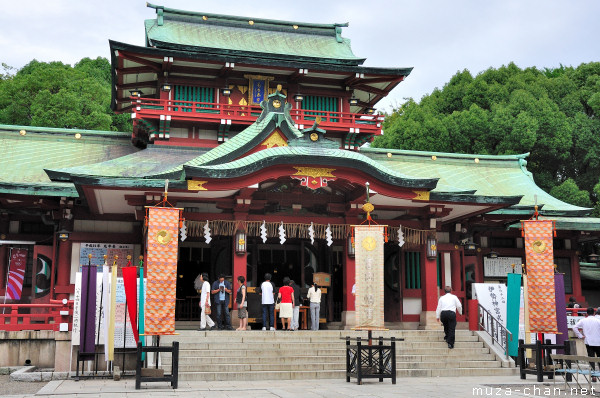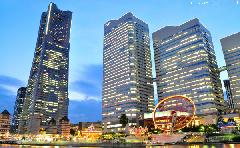When visiting Japan, one of the must-see sights is (or it should be), a Shinto shrine. Among the shrines are many important cultural landmarks and architectural jewels of Japan and, on a usual trip, it is quite hard to decide what to visit…
One of the most important types of Shinto shrines is the Hachiman shrine (Hachiman jinja or Hachiman-gū), the second most commonly encountered, numbering more than 25000 branch shrines (while the most common are the Inari shrines - over 32000). They are dedicated to kami Hachiman (Hachiman-jin or Yahata no kami), the god of warriors, divine protector of Japan and Japanese people.
The Shinto religion identifies Hachiman as the Emperor Ōjin, the 15th emperor of Japan (between 270-310AD), son of Empress Jingū. The popularity of Hachiman started long time ago, when Minamoto no Yoritomo (who was a descendent of Emperor Ōjin) became the first shogun of the Kamakura shogunate.
The biggest Hachiman shrine in Tokyo is Tomioka Hachiman-gū, located in Fukagawa, near the Tokyo Metro Station Monzen-nakachō. Established in 1627 under the protection of the Tokugawa shogunate, Tomioka Hachiman-gū was popular among the people of shitamachi and was also selected by the Meiji government as one of the Tokyo Ten Shrines. But probably the most important fact is that Tomioka Hachiman-gū was the birthplace of the sumo tournaments:
EXIF Info:
|
Yesterday’s Japan Photo:Japan places, Yokohama skyline |



